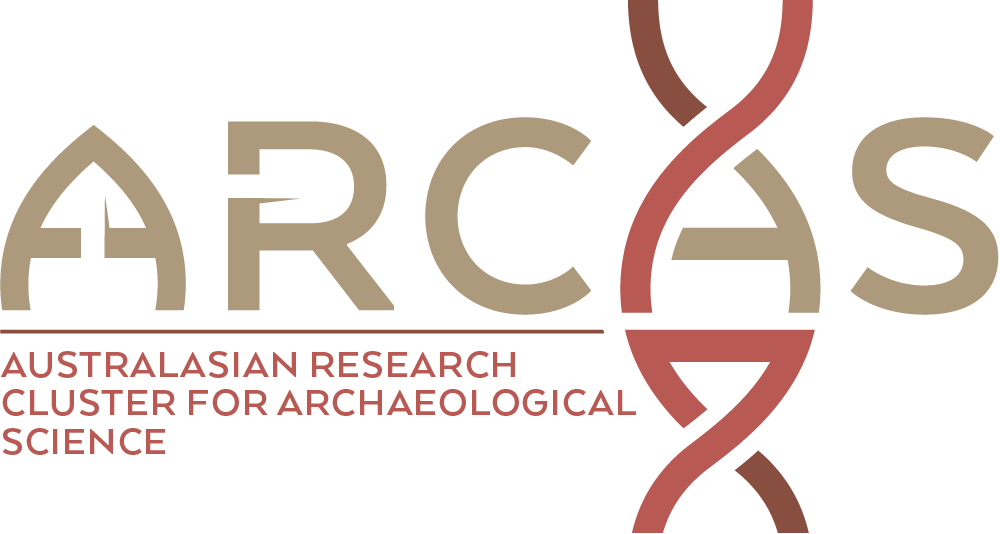Wound ballistics: The prey specific implications of penetrating trauma injuries from osseous, flaked stone, and composite inset microblade projectiles during the Pleistocene/Holocene transition, Alaska U.S.A.
Publication date: Available online 31 January 2018Source:Journal of Archaeological Science Author(s): Janice Wood, Ben FitzhughResearch in the field of wound ballistics has identified three major types of penetrating trauma injuries that will affect wound severity of a projectile point into hard or soft tissues: puncture, incised, and lacerated. In this study, we report on dual ballistics experiments conducted to better understand the wounding mechanisms of three prehistoric projectile point classes made respectfully of polished bone, bifacially flaked stone, and composite antler inset with microblades. Each class of projectiles was launched into ballistics gelatin and into the carcass of a reindeer to explore the relative performance characteristics of each class in terms of tool durability and wound infliction. Our methods of evaluation included a detailed measurement of projectile attributes before and after penetration of both gelatin and carcass that were then compared using tip-metrics, penetration depth, and total interior wound area. Our results strongly suggest that the wounding potential differed significantly between projectile point classes and in turn, strongly influenced wound severity. We suggest that point mechanics may implicate a “prey specific” hunting strategy and propose that such analyses can help us better understand prehistoric hunter-gather behavior and technological variability.
